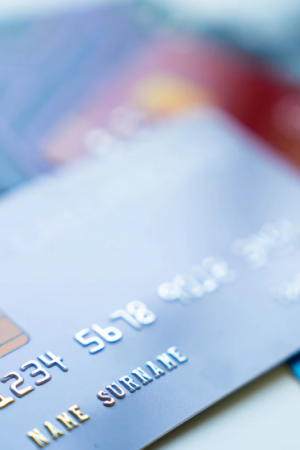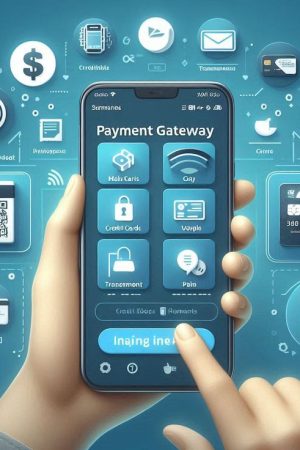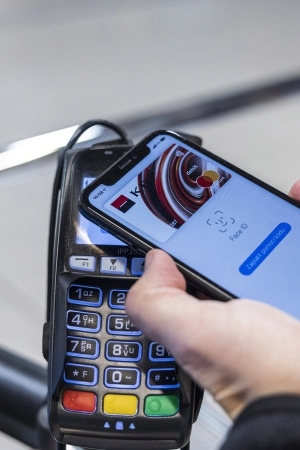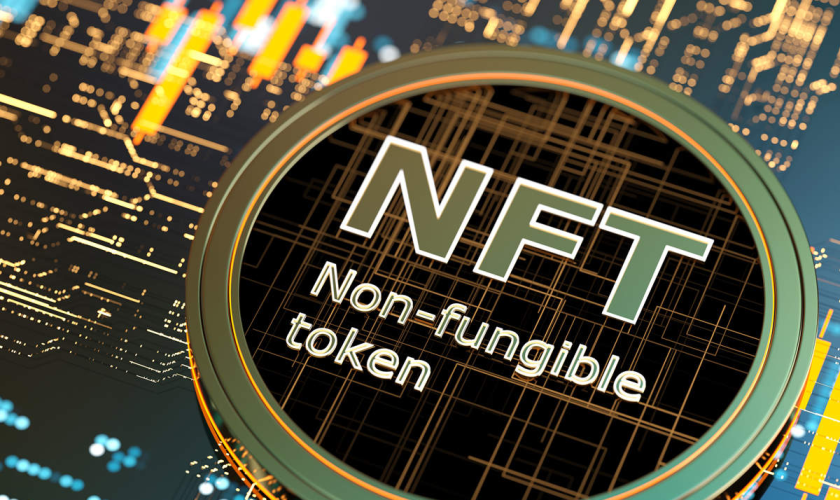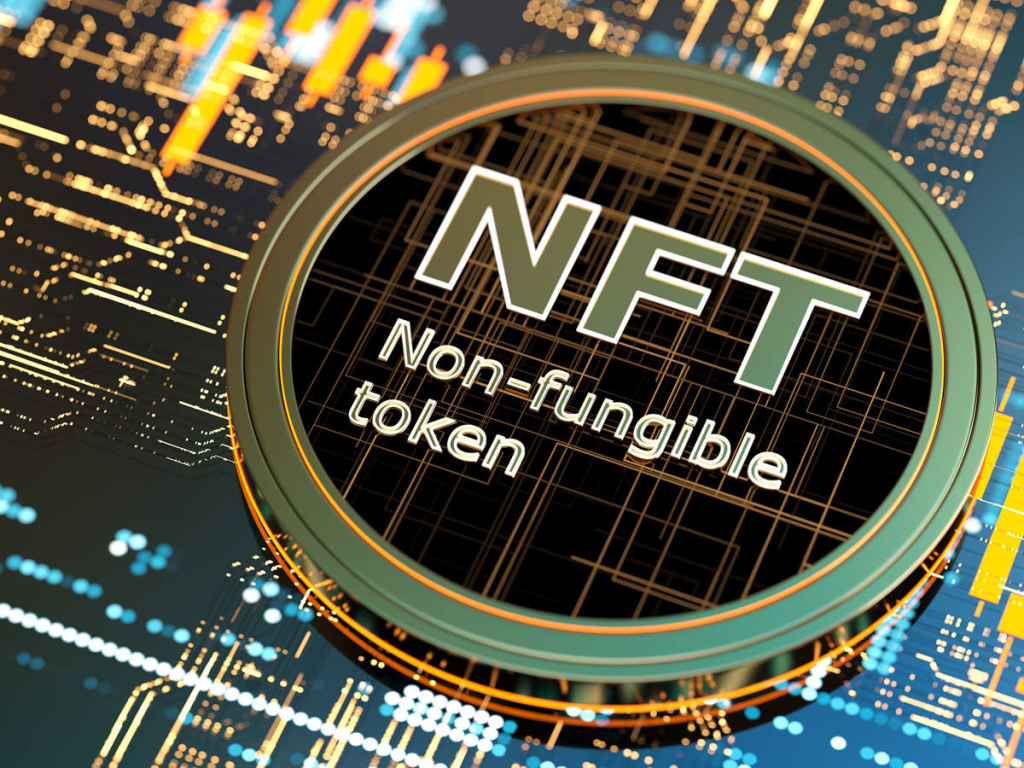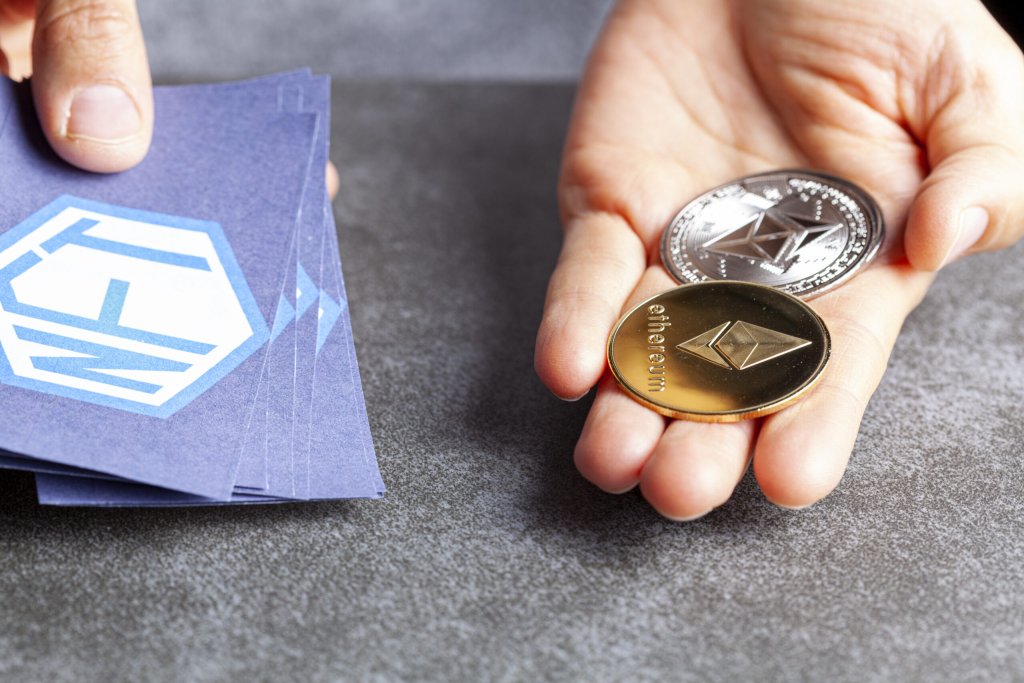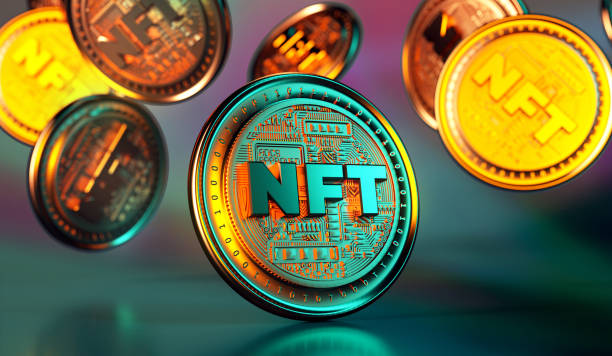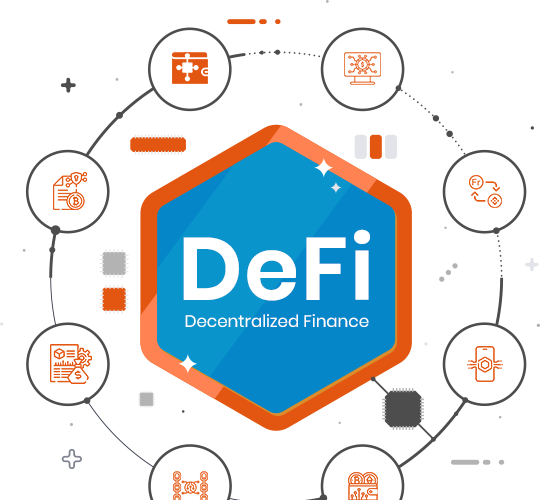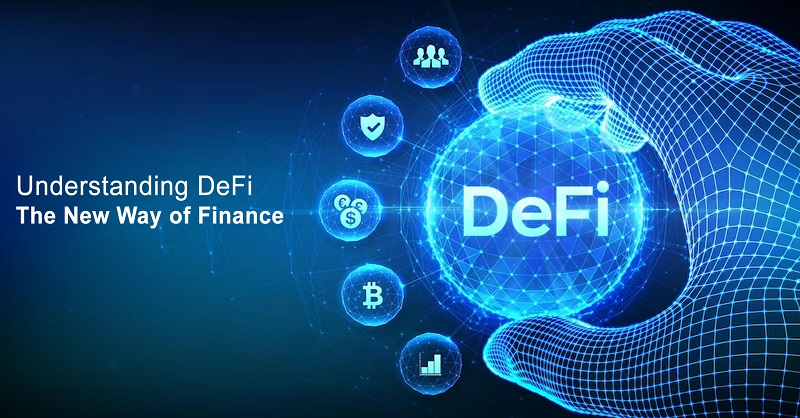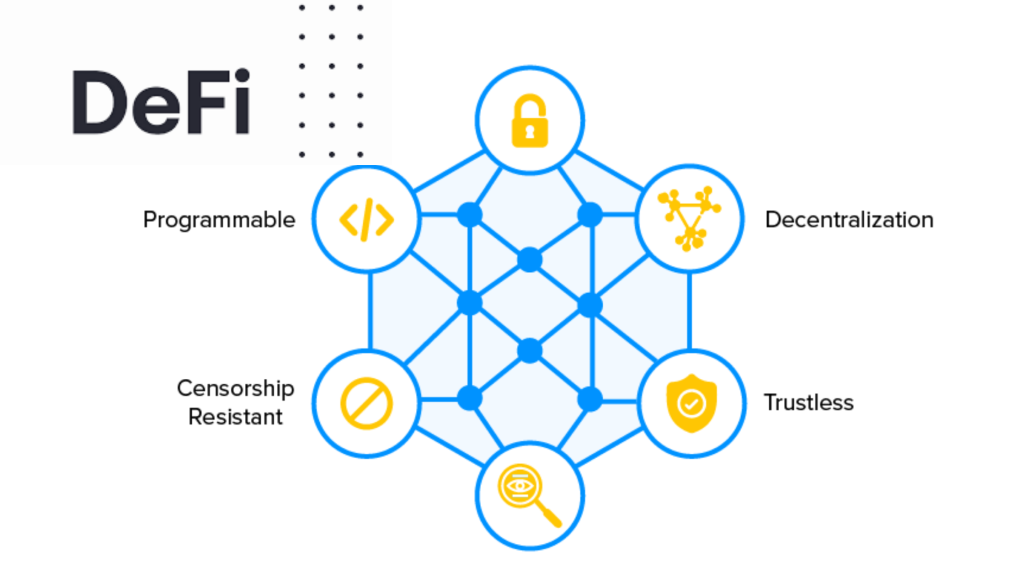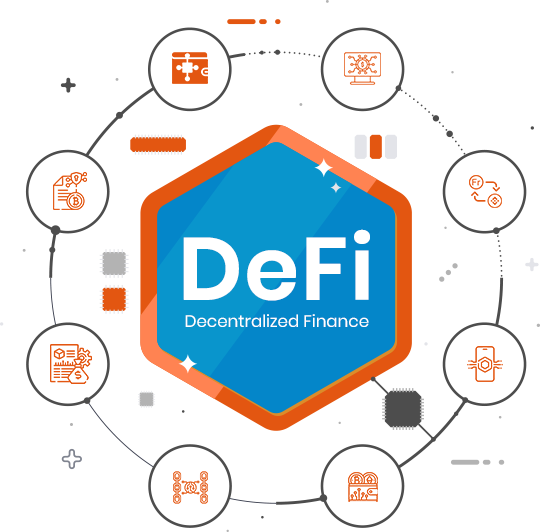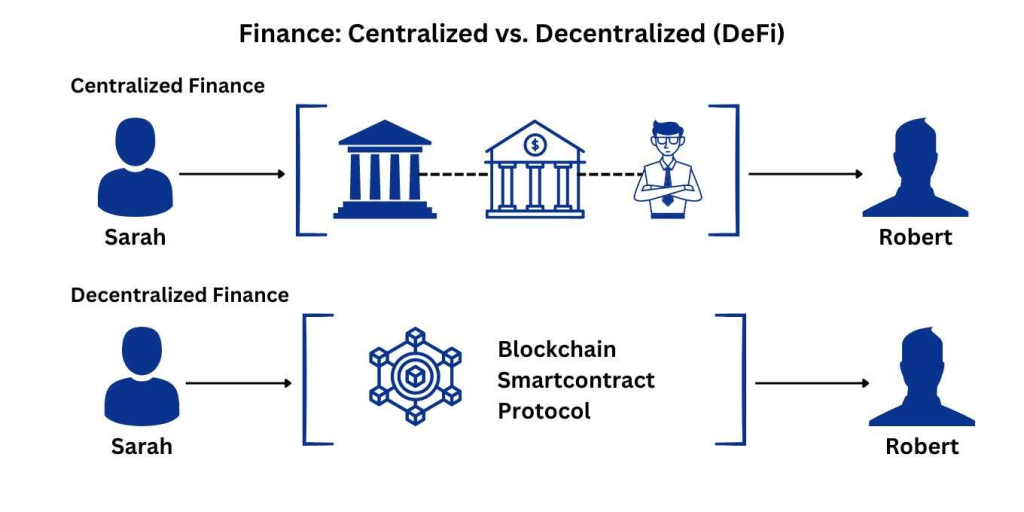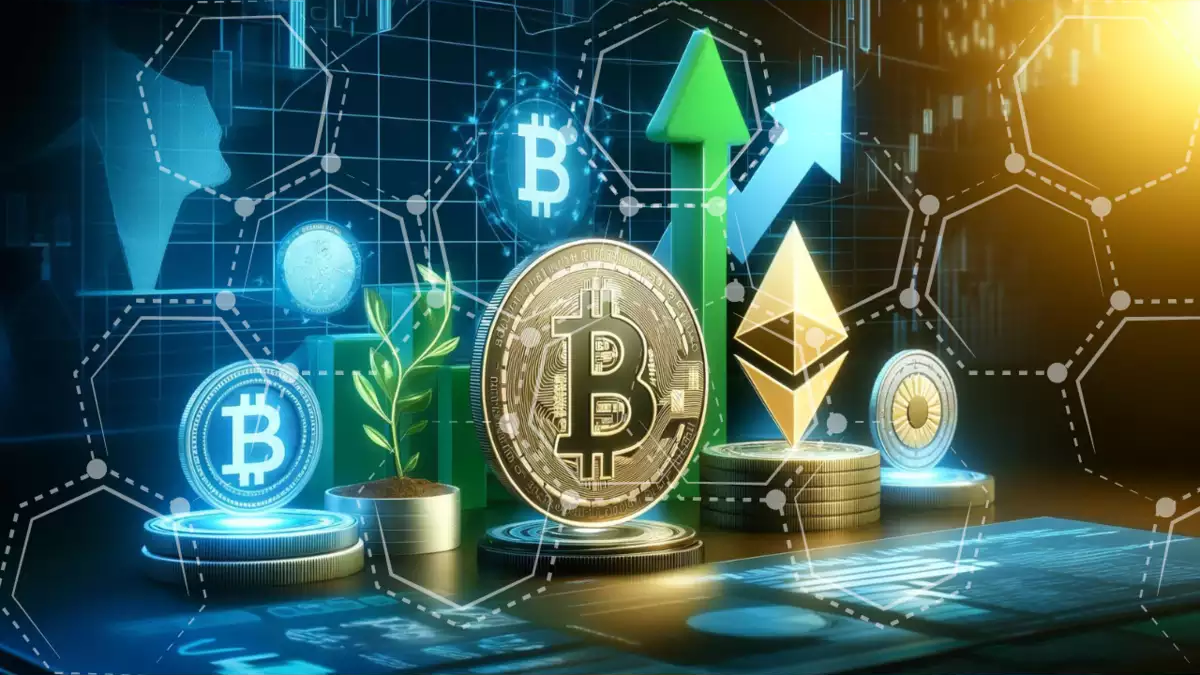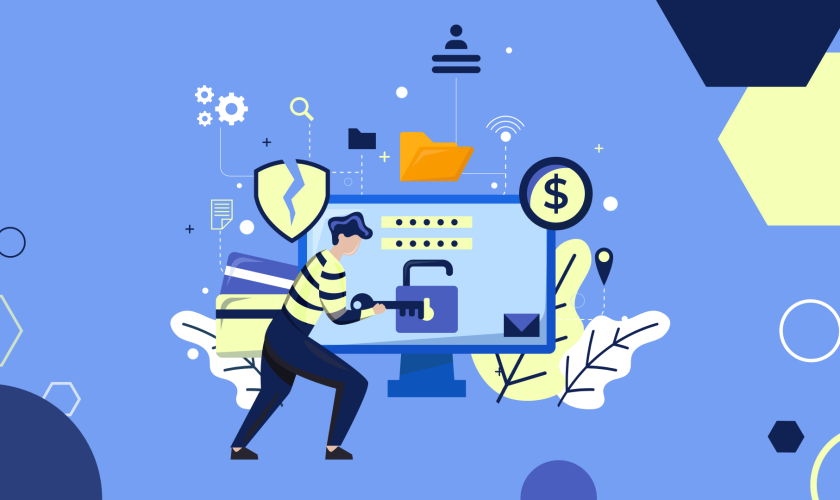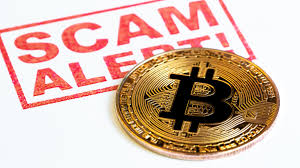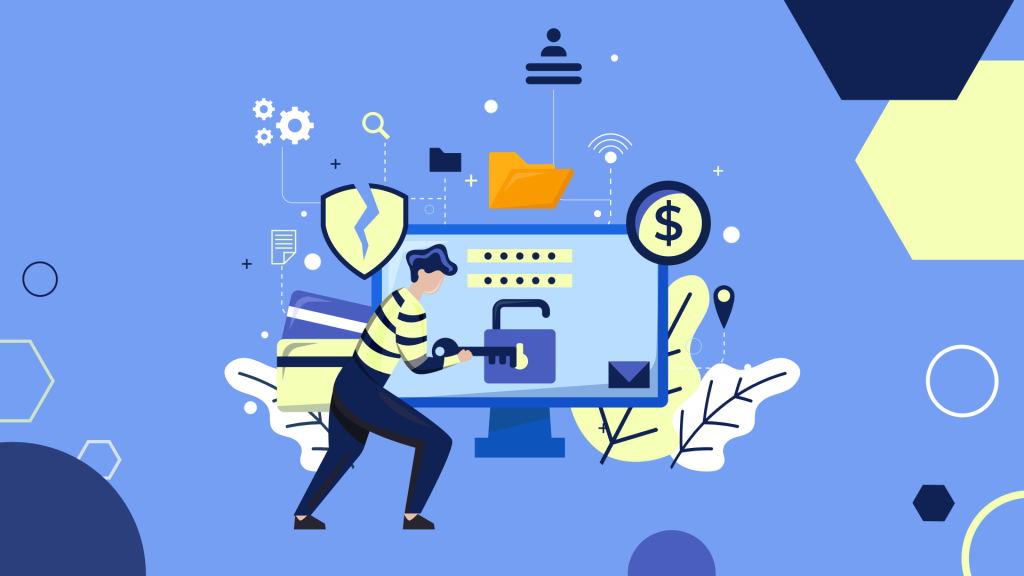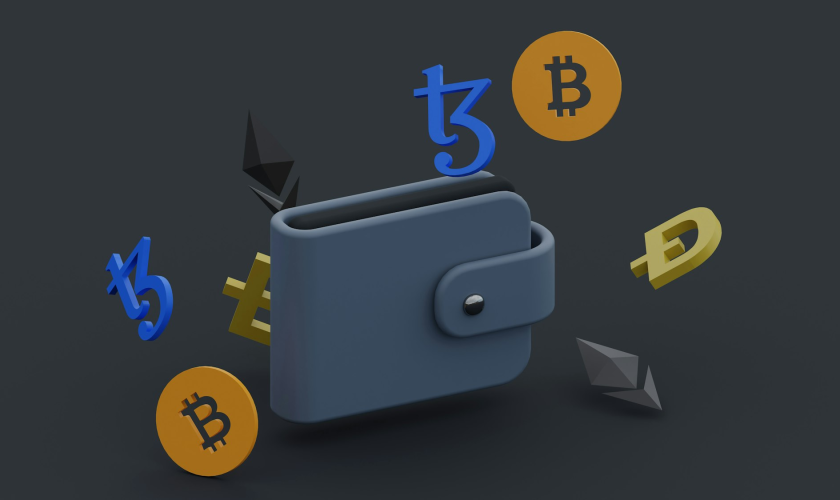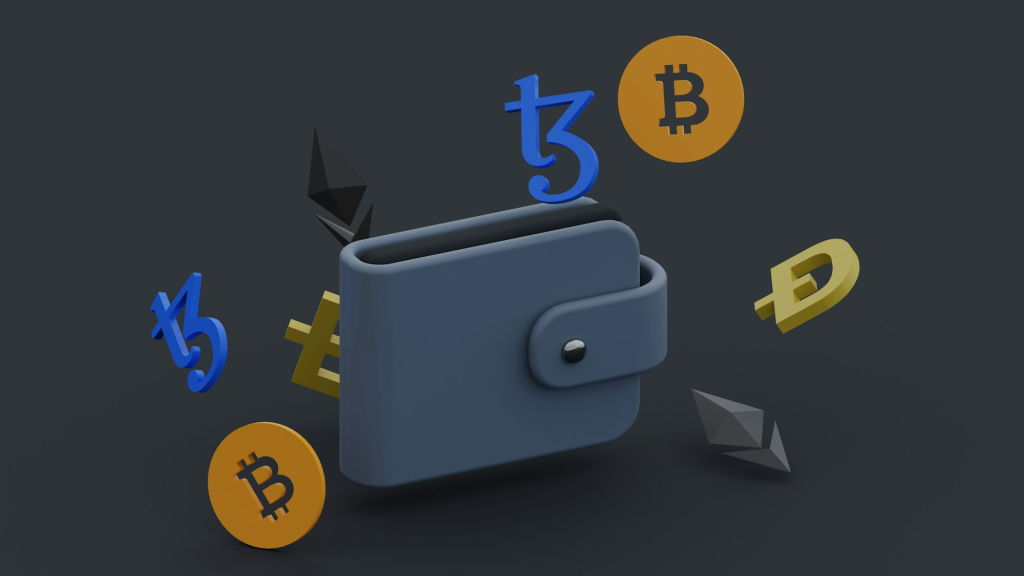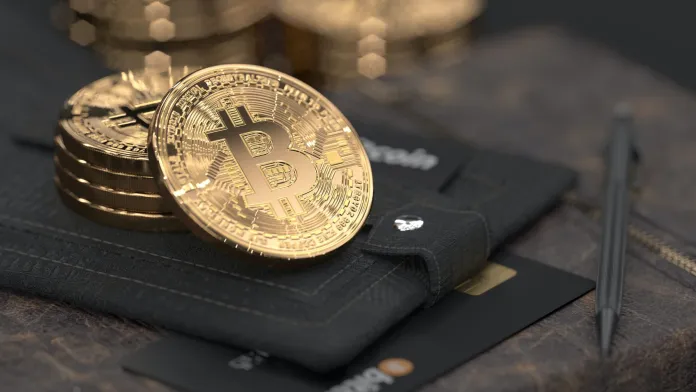India’s growing interest in cryptocurrency has driven demand for reliable and user-friendly crypto exchanges tailored to local needs. With varying regulatory frameworks and preferences for features such as INR support and low transaction fees, selecting the right platform is crucial for Indian users.

This guide highlights the top crypto exchanges for Indian users in 2024, focusing on their features, INR support, fees, and security to help you make an informed choice.
WazirX
WazirX is one of India’s leading crypto exchanges, offering an intuitive platform for trading a wide variety of cryptocurrencies. Its P2P feature allows users to buy and sell crypto using INR directly, making it a popular choice for seamless transactions.
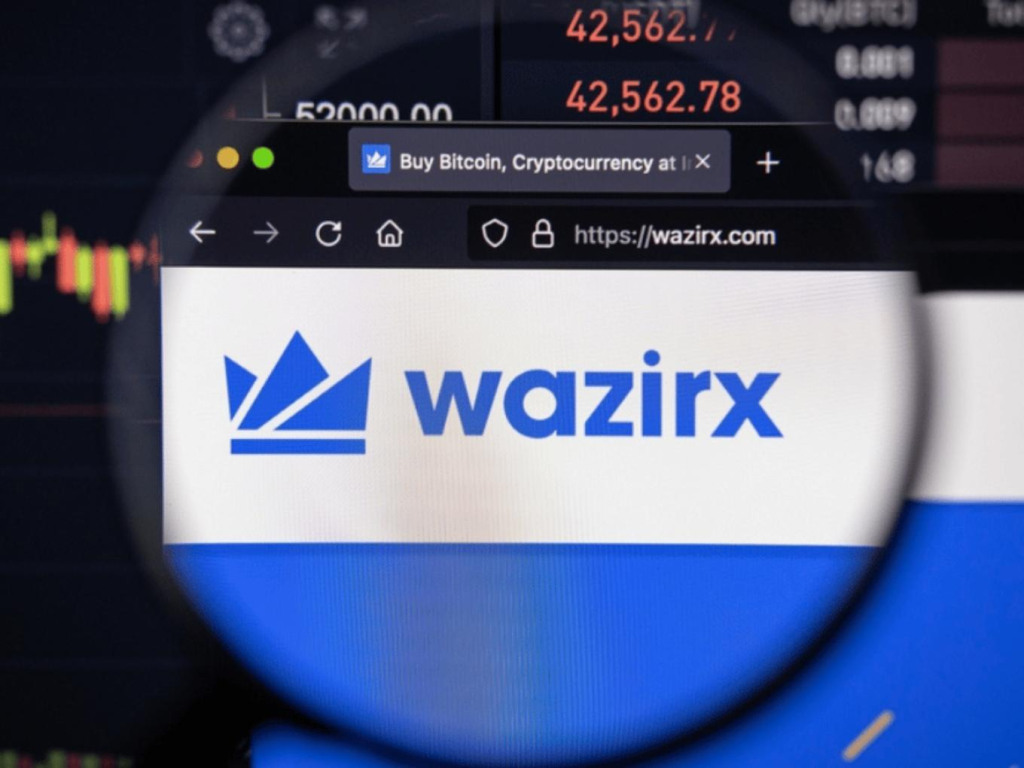
Features
- Supports over 250 cryptocurrencies.
- Offers INR deposits via UPI, IMPS, and bank transfers.
- Includes a built-in wallet for secure asset storage.
Fees
- 0.2% trading fee.
- Free deposits for INR transfers.
Security
WazirX employs 2FA, cold storage for assets, and regular security audits to protect users.
Why Choose WazirX: Its robust INR support and user-friendly interface make it ideal for Indian traders.
CoinSwitch Kuber
CoinSwitch Kuber simplifies crypto trading with its beginner-friendly mobile app. Designed for ease of use, it’s perfect for new investors exploring cryptocurrency.
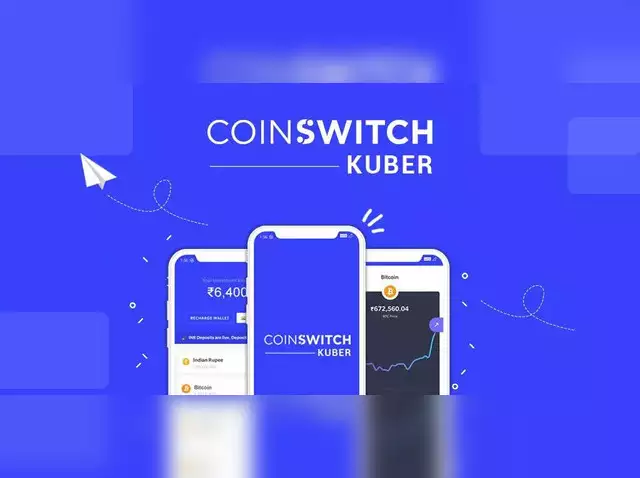
Features
- Allows trading of 100+ cryptocurrencies.
- Offers instant deposits and withdrawals in INR.
- No complex charts, making it accessible for beginners.
Fees
- No trading fee but includes a small spread.
Security
The platform ensures account safety with encryption and secure transactions.
Why Choose CoinSwitch Kuber: Its straightforward design makes crypto trading accessible for newcomers.
ZebPay
ZebPay is one of India’s oldest crypto exchanges, known for its reliability and commitment to user security. It offers competitive fees and advanced trading options for experienced users.
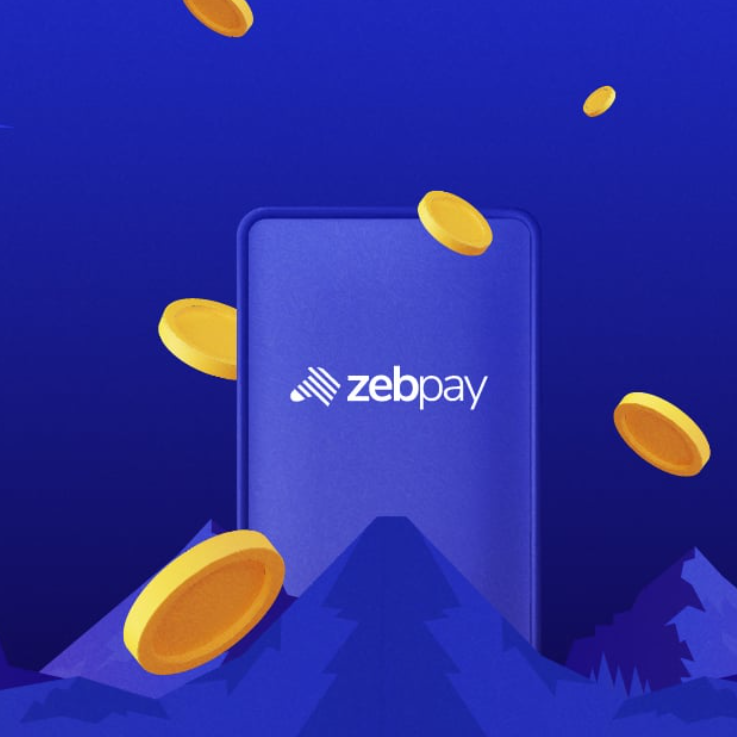
Features
- Spot trading and crypto-earning features.
- Supports INR deposits and withdrawals.
- Offers a mobile app and desktop interface.
Fees
- 0.15% maker fee and 0.25% taker fee.
Security
ZebPay prioritizes security with multi-signature wallets and regular system audits.
Why Choose ZebPay: Its long-standing reputation and competitive fees appeal to both beginners and professionals.
Binance
Binance, a global crypto exchange, has a strong presence in India with features catering to local users. Its extensive offerings make it a preferred choice for advanced traders.

Features
- Supports INR deposits via peer-to-peer (P2P) trading.
- Extensive range of cryptocurrencies and trading tools.
- Includes Binance Earn for passive income.
Fees
- Low trading fees starting at 0.10%.
Security
Binance provides advanced security measures, including SAFU insurance funds and biometric authentication.
Why Choose Binance: Its global reputation and low fees are attractive for Indian traders seeking diverse features.
Bitbns
Bitbns is an Indian crypto exchange known for its wide range of services and INR compatibility. It offers staking and lending features, allowing users to earn on their crypto holdings.
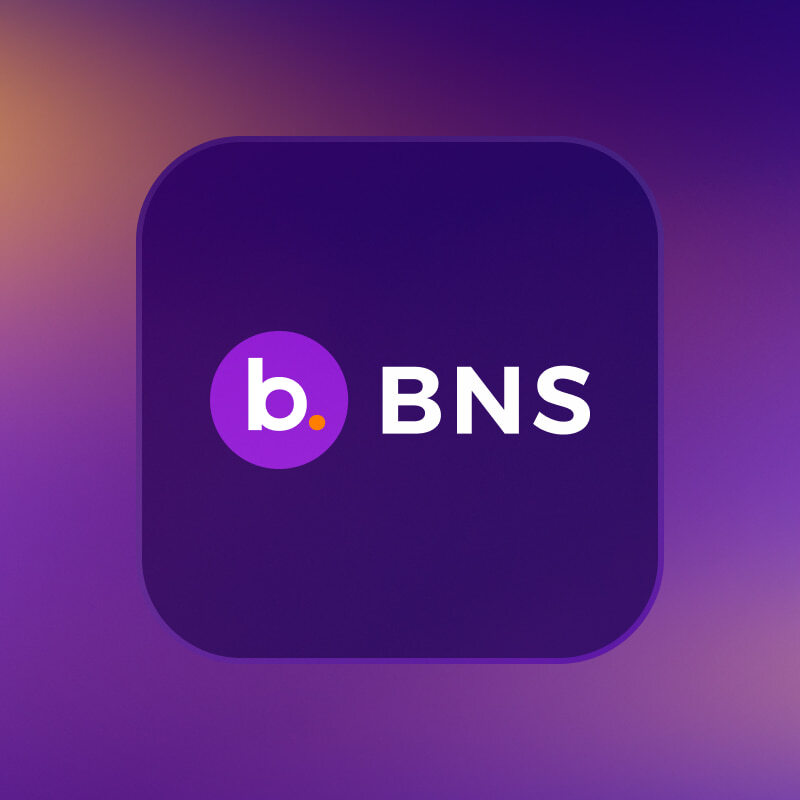
Features
- Over 300 cryptocurrencies supported.
- INR deposits through UPI, IMPS, and NEFT.
- Advanced trading options for professionals.
Fees
- 0.25% trading fee.
Security
Bitbns uses secure wallets and 2FA to safeguard user accounts.
Why Choose Bitbns: Its focus on passive income opportunities and INR support makes it a versatile platform.
Factors to Consider When Choosing an Exchange
INR Support
Choose platforms that support INR deposits and withdrawals for seamless transactions.
Fees
Understand trading fees, deposit charges, and withdrawal costs to ensure affordability.
Security
Look for exchanges with strong security protocols like 2FA, cold storage, and insurance for user funds.
Ease of Use
Beginner-friendly platforms with intuitive interfaces are essential for new users.
Final Thoughts
India’s crypto landscape is evolving, and selecting the right exchange is key to a successful trading journey. WazirX and CoinSwitch Kuber excel in accessibility for beginners, while Binance and ZebPay cater to experienced traders. Platforms like Bitbns provide unique features like staking and lending, offering diverse opportunities for Indian users.
By considering factors like INR support, fees, and security, you can confidently choose an exchange that aligns with your goals and enjoy a seamless crypto trading experience.


